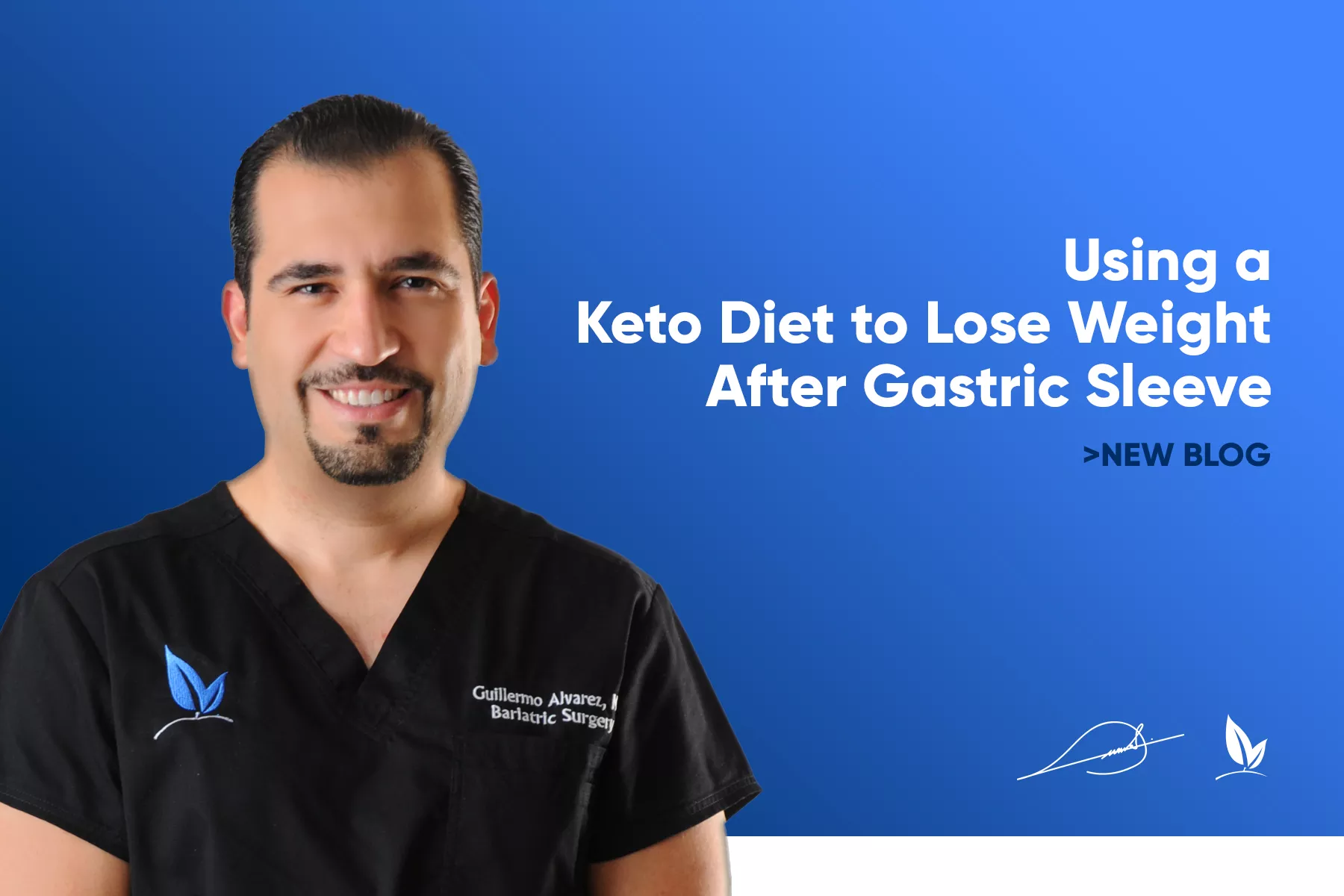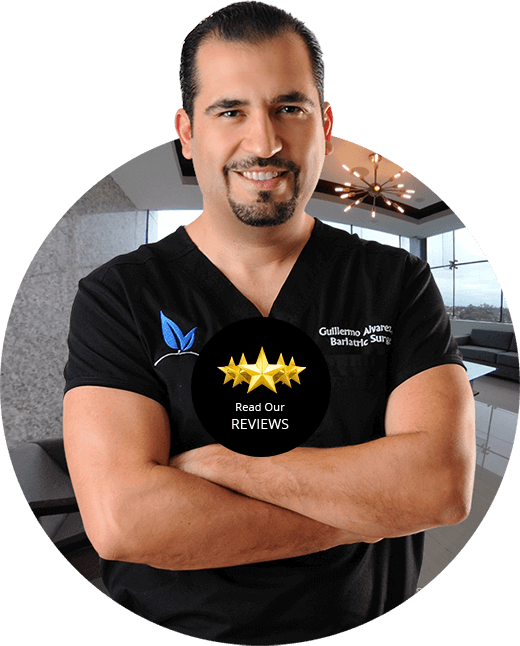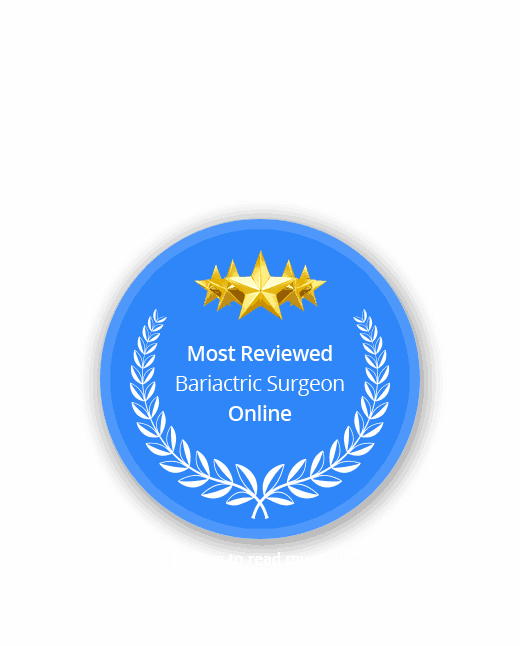We’ve said many times that gastric sleeve surgery isn’t a “magic pill” for weight loss. It does offer a huge advantage for obese people, but patients still need to put in the work post-surgery. One of the best ways to shed excess weight and keep it off? Eating the right foods. And for many gastric sleeve patients (including my own staff!), that means a keto aspect diet.
What is ketosis?
In short, ketosis is when your body is fueled almost completely by fat. It happens when you eat a very low-carb diet, which is also called a keto diet. The name comes from “ketones,” which are a type of fuel your body uses when there isn’t much glucose (blood sugar) available. There’s a lot more science involved, but the upshot is that ketosis increases your fat burn immensely.
The condition kicks in when your levels of insulin, which is your fat-storing hormone are low. You can check whether you’re in ketosis via a urine testing strip (which measures ketones) or with blood or breath samples. But there are plenty of ways to determine your ketosis status without measuring anything:
- Are you thirsty? You need to drink a lot of water and get enough salt on this diet; otherwise, you’ll develop a dry mouth feeling and will be thirsty a lot.
- Not hungry much anymore? Many people following a keto diet report that their hunger is significantly decreased. While we’re not sure exactly why this happens, it’s likely because your body is using fat stores for energy, which means you don’t need to resupply it as often.
- Is your brain sharper? One of the best parts about ketosis is that it’s said to clear “brain fog.” You might be thinking more clearly and have more energy.
The Pros and Cons
Those are some pretty significant pros. Add to that list: more endurance during exercise and an improvement in diseases like Type II diabetes, epilepsy, PCOS, and others. It can even clear up acne.
But because you’re throwing your body into a much different fuel system, you can experience some side effects, especially at first. Headaches, leg cramps, and constipation are common. Not to mention that newbies tend to be a bit cranky and tired in the beginning, before the opposite kicks in.
One thing to point out here is that “ketosis” and “ketoacidosis” are very different things, though even medical professionals sometimes mix them up. Ketosis is usually a good thing, while ketoacidosis is always unsafe and can even be fatal. Ketoacidosis happens when ketones are produced in dangerously high levels, with symptoms like nausea, vomiting, and stomach pain. If it’s not treated right away, coma and death can follow.
If you’re healthy, ketosis doesn’t lead to ketoacidosis. But people who have Type I diabetes, are on SGLT-2 inhibitors for Type II diabetes, or are breastfeeding shouldn’t do a keto diet. Ketoacidosis is still a rare outcome for these people, but it’s not worth the risk.
Get Started on a Keto Diet
Here’s another misconception about a keto diet: Low-carb doesn’t mean overdosing on protein. It’s actually designed to include a moderate amount of protein and lots of fat. To reach ketosis (which is a scale, rather than an all-or-nothing state), focus on avoiding most carbohydrates. Ideally, you’ll stay below 20 grams a day and certainly not more than 50 grams of net carbs a day.
So what should you eat? Good candidates, ranked by the net carbs per serving: meats, fats like butter and olive oil, and fish and seafood are 0. Cheese and eggs are 1. Non-starchy veggies (broccoli, lettuce, peppers, tomatoes, etc.) range from 1 to 5. Contrast that with starchy vegetables like potatoes, which clock in at 17, and fruits, which can have up to 20. Also on the “no-no” list are foods such as pasta, rice, breads, juice, and candy, which can pack up to 70 grams.
To wrap up, there are several important steps to begin your keto journey:
- Limit your carbs, with 20 grams a day being a good goal. Keep in mind that fiber doesn’t need to be restricted, as it doesn’t count toward net carbohydrates (and can help with that pesky constipation).
- Keep protein to a reasonable level—meaning about 1 gram per kilogram of body weight, or about 90 grams a day for a 200-pound person. Remember that too much protein won’t help you reach optimal ketosis.
- Natural fat is your friend. It keeps you satisfied and on track.
- Don’t snack out of habit. Limit your snacks so you can concentrate on the right foods at mealtimes and so your body can stay at a good level of ketosis.
Is a keto diet right for you after gastric sleeve? Get in touch with us today to learn more about this and all other aspects of gastric sleeve surgery.









